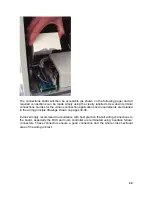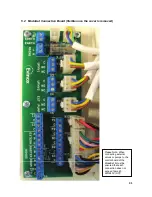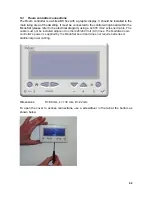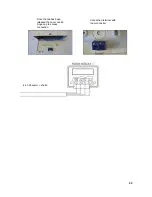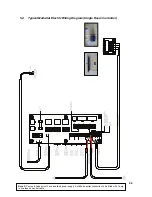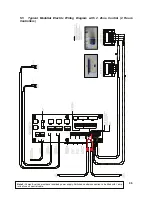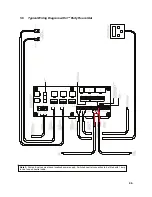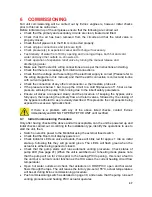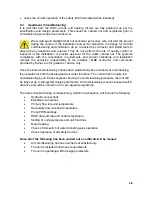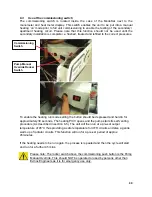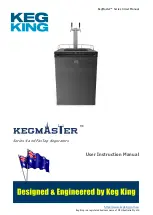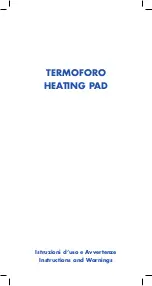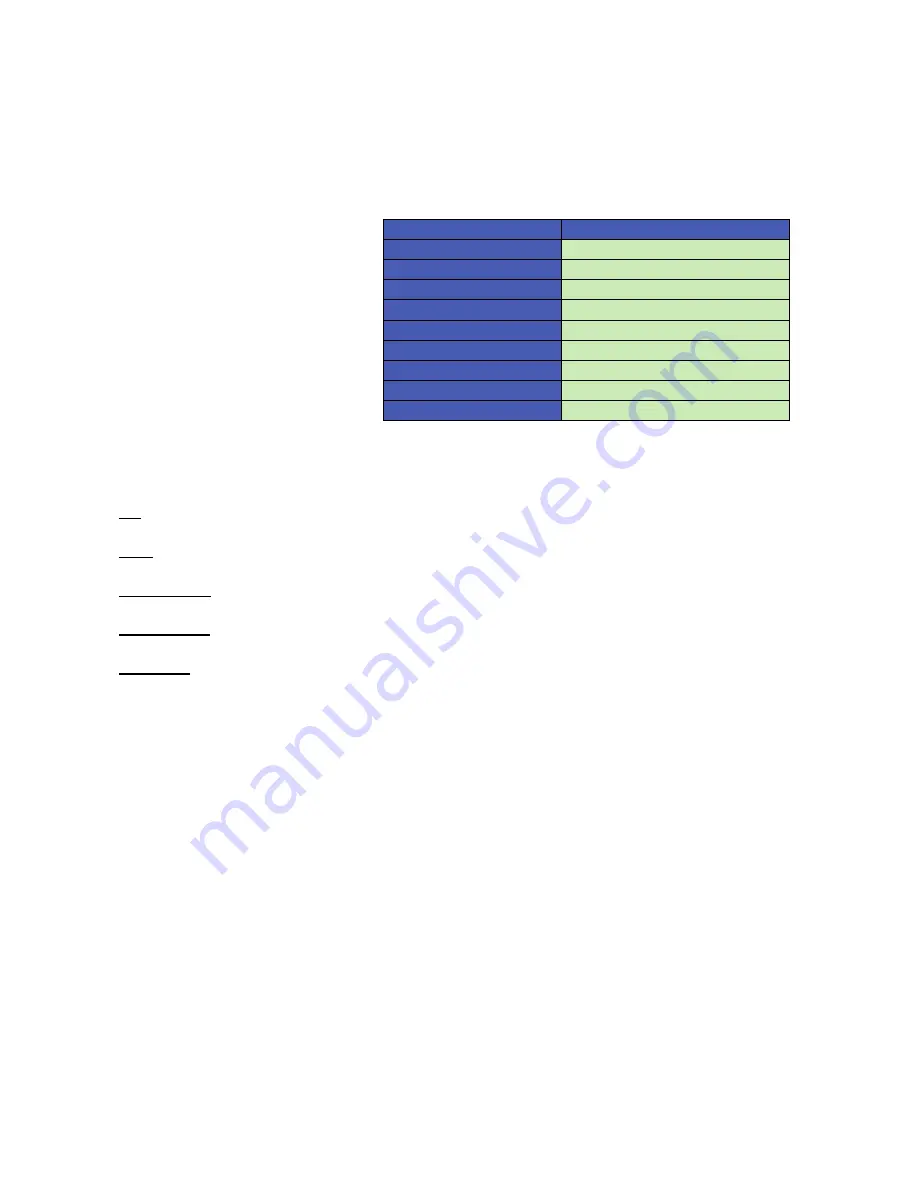
24
4
PRIMARY AND SECONDARY CIRCUIT
Prior to the circuits being filled and isolated, they must be fully pressure tested in line with
the design requirements and current regulations.
4.1 Water
treatment
It’s important to prevent
corrosion and oxidisation.
Therefore, the quality and
cleanliness of the water within
both the primary and secondary
circuits is vitally important, to
prevent damage to the Modusat
components and to ensure that
the efficiency and service life of
the unit is maintained.
It is therefore necessary to fully
flush and treat both primary and
secondary circuits using
suitable water treatment chemicals.
Typical water quality guidelines are as follows:
pH – this measures the alkalinity of the water, neutral alkalinity is pH7. Heating systems
require an alkaline pH.
TDS – this measures the dissolved solids in the system and is a measure of the
cleanliness of the water. Recommended levels 0-200 ppm.
Conductivity – this is the measure of the ability of water to pass an electrical current and is
affected by the presence of dissolved solids. Recommended levels 200 crs.
Free copper – this measures the level of copper in the system in mg/litre. Recommended
levels are under 1 mg/l.
Total iron – this measures iron concentration in mg/litre. Recommended levels are under 1
mg/l.
4.2 Cleaning
The cleaning and treatment of the systems must be carried out strictly in accordance with
BSRIA and CIBSE guidelines and the relevant British Standards. It is a requirement that
the following is undertaken:
Clean the boiler room plant.
Cleaning of the primary circuit, with the ModuSat TP isolating valves closed and the
flushing bypass fully opened.
Cleaning of the horizontal pipework and the ModuSat TP unit.
Cleaning of the apartment heating circuit.
Use of a dirt separator in the boiler room and strainer on each ModuSat TP, which is
supplied as part of the valve kit, to provide additional system protection.
During the final fill and treatment the systems must be fully vented to remove all air, and
the system pressure adjusted to design requirements (that form part of the design criteria
and specification). If the tender specification does not enforce a particular standard then
Evinox requirements would be the BSRIA AG 1/2001.1 standard.
Parameter
Recommended
Hardness (TH)
About 10 °F
Chlorides
Up to 100 mg/l
PH
7 to 8,5
Resistivity
Higher than 2000 Ohm/cm
Salinity
Up to 50 mg/l
Conductivity
200 crs
TDS
0-200 ppm
Iron
Up to 1 mg/l
Copper
Up to 1 mg/l
Typical Water Quality Guidelines





















